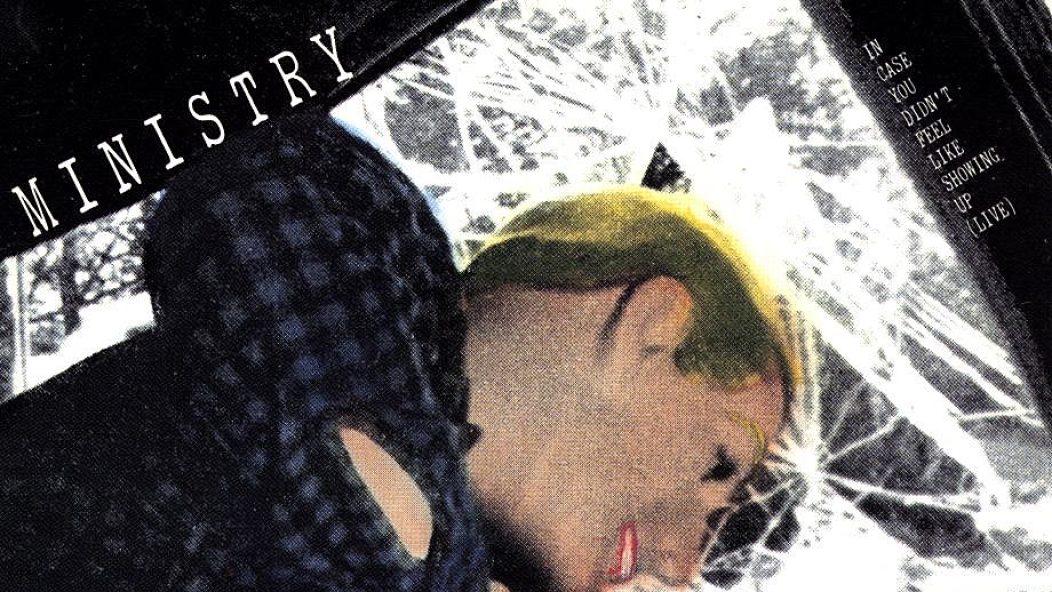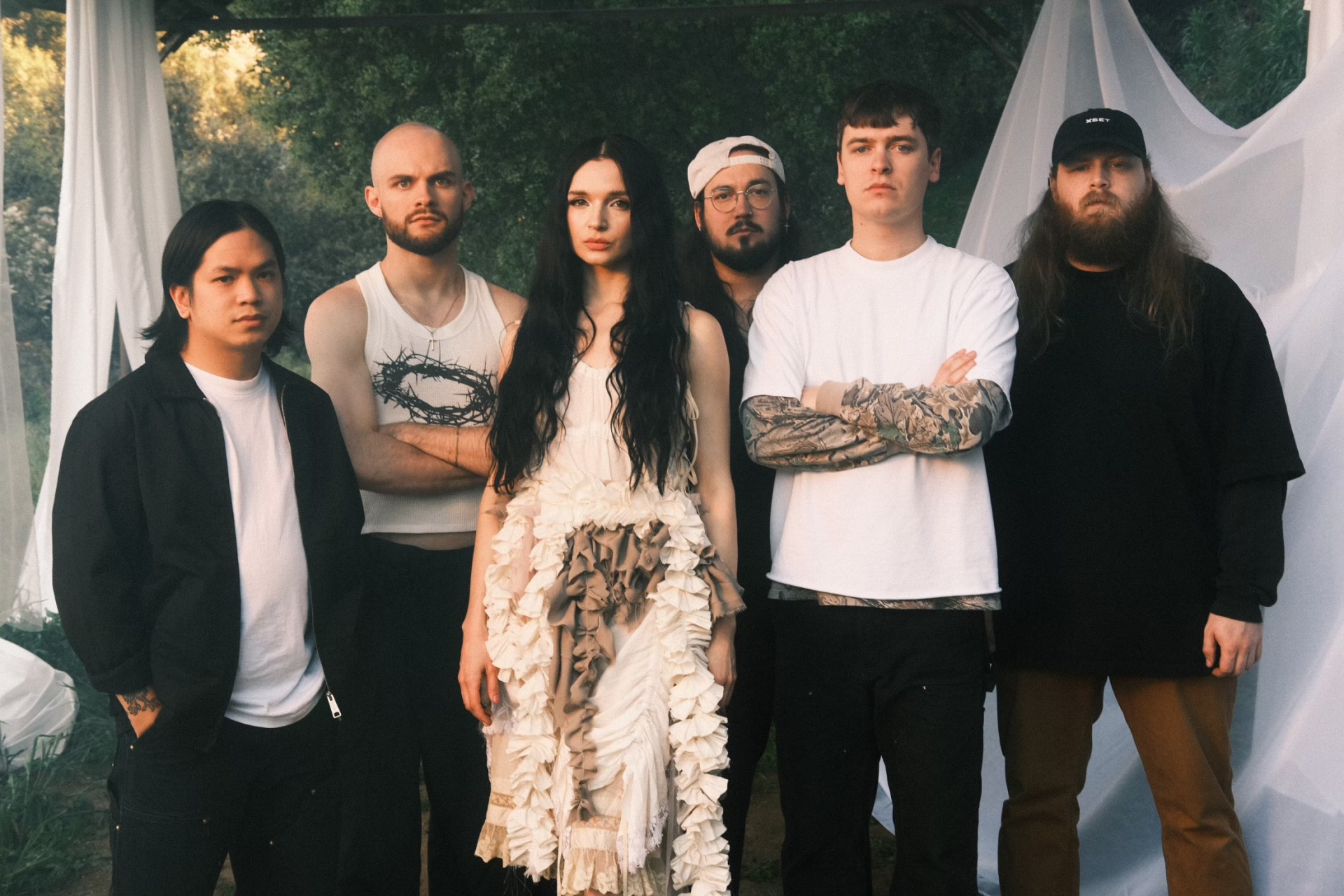
In Praise of Live Albums
…
During metal’s commercial peak in the mid-80s, the genre had a hard-on for live albums. Well-produced (and often studio doctored) recordings of live concerts filled a few essential needs.
First, they put a product on the shelves without requiring a band to write a whole new batch of songs.
Second, they served as a proof-of-concept. “You like what you hear on the studio records? Here’s how it sounds live. Now go buy a ticket and a tee shirt.”
The modern impulse is to look askance at live records as naked cash-grabs, but several of these albums are essential pieces of unimpeachable band discographies. Judas Priest’s Unleashed in the East and Motorhead’s No Sleep ‘Till Hammersmith come to mind. If I’m honest, I prefer Bruce Dickinson’s performance on Live After Death to any of his studio takes of that same material.
Even live albums that aren’t essential discography pieces contain versions of songs which are more iconic or important than the studio version. Metallica’s Live Shit: Binge and Purge for example isn’t often mentioned alongside the band’s classic run of LP’s, even though it’s one of the best ways to hear songs from …And Justice For All and The Black Album without those studio records’ respective mixing issues. In addition, it’s the best way to hear a version of “Creeping Death” with its requisite “Die motherfucker die” chant.
…
…
Some bands simply play better live. Musicians often only master the songs they write after playing them thousands of times – classic death metal albums in particular tend to be full of small errors. Bands have on nights and off nights, and sometimes those off nights fall during studio times. Sometimes those on nights happen when someone is recording at the sound board. Maybe more important, some people get a kick out of performing in front of an audience.
For example, Ministry’s studio period from the late 80s and early 90s is essential, but the absolute best recorded example of the band is their live album In Case You Didn’t Feel Like Showing Up. The eight minute album version of “So What” is the highlight of The Mind is a Terrible Thing to Taste. The 11-minute live rendition of that song is maybe the single most furious performance I’ve ever heard put to tape. Play this as loud as you can:
…
…
An informal review of my own email records and some quick metal archives browsing indicates that there’s more live recordings of bands now than in the past, but we discuss those releases less. Certainly these live records stay out of circulation, unlike Live After Death. Neurosis is a “better live” band and they haven’t reissued any of their three live records or one official bootleg. Each of those is at least a decade old. Part of the problem may be that most live records now seem to be bonus content from live DVDs, themselves a dying breed in a world where people are content to share iPhone videos on YouTube.
The metal release ecosystem is poorer for a lack of live albums by beloved artists, if only because these releases count as great repositories of songs. Metal labels don’t release greatest hits collections, as a rule (metal doesn’t really do ‘hits’) but such collections are usually stronger than individual records by any given band. There are, of course exceptions. Many metal groups, however, especially hard-touring outfits like Goatwhore and Cannibal Corpse, are obligated to release albums on a regular basis and spend much of the interim between recording sessions on tour. It’s tough for such bands to write ten great songs in two years, but over the course of ten years they often accumulate an hour’s worth of compulsively listenable material.
In this live release quagmire, a few stellar live releases from the first half of 2017 have stayed in constant rotation on my mp3 player. I won’t call any of them perfect. Each probably relies too much on new material, and often bands making their best new material aren’t yet in a place to drop a double live disc. Still, I can give each of these a recommendation.
…
Accept’s Restless and Live gives new singer Mark Tornillo his first release singing the band’s classic material. That’s a ton of material, by the way. On these dates in St. Petersburg, the German trad metal giants played a song from each of their studio albums, even their rare and confused outings from the 90s. They make for nice curios, but also remind you why Predator was never reissued. The real is listening to lead guitarist Wolf Hoffmann and bassist Beter Baltes shred. Their back-and-forth solo duel during “No Shelter” drops jaws, even if it’s scripted.
…
…
In keeping with the theme of new vocalists singing old songs, Floor Jansen sings better than any of her predecessors in Nightwish. So far, though, she’s saddled with the band’s weakest songs, at least on record. In those moments when she gets to rip into Tarja Turunen material on Vehicle of Spirit: Wembley Arena, she owns them. When the double bass kicks in during “Ever Dream”, she matches their intensity and makes the tune her own.
…
…
Last, it took Dimmu Borgir nearly six years to release Forces of the Northern Night. The band recorded this concert live with the Norwegian Broadcasting Orchestra and Schola Cantorum Choir. Such band-plus-orchestra recordings can be ponderous. I love Metallica’s S&M but that record has its detractors; Kiss with symphony is unbearable. Dimmu, though, thrive on grandiosity. These songs were composed with orchestra and choir in mind, unlike “Deuce”. Shagrath’s vocals leave a little to be desired, and the orchestra’s power shows how inessential electric guitar really is to Dimmu’s music now, but the added pomp makes these versions of songs like “Kings of the Carnival Creation” pop. Maybe better, the album serves as a reminder of just how good side A of Abrahadabra is. That album was overlong but nestled in this set, those songs inspire raised horns.
But those are just my experiences. What do you all think of live records in general, and which of them are you listening to right now?
…










